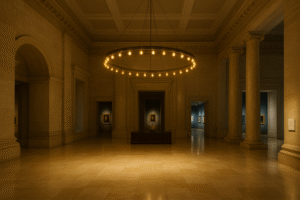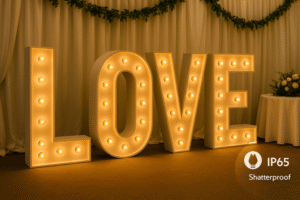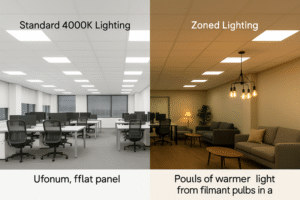Struggling to achieve consistent, year-round plant growth? Traditional lighting is inefficient and costly, limiting your yields and profits, especially in controlled environments.
LED grow lights accelerate plant growth by providing specific light spectrums optimized for photosynthesis. Blue light promotes vegetative growth, while red light encourages flowering and fruiting. This targeted approach maximizes energy efficiency and crop yields.
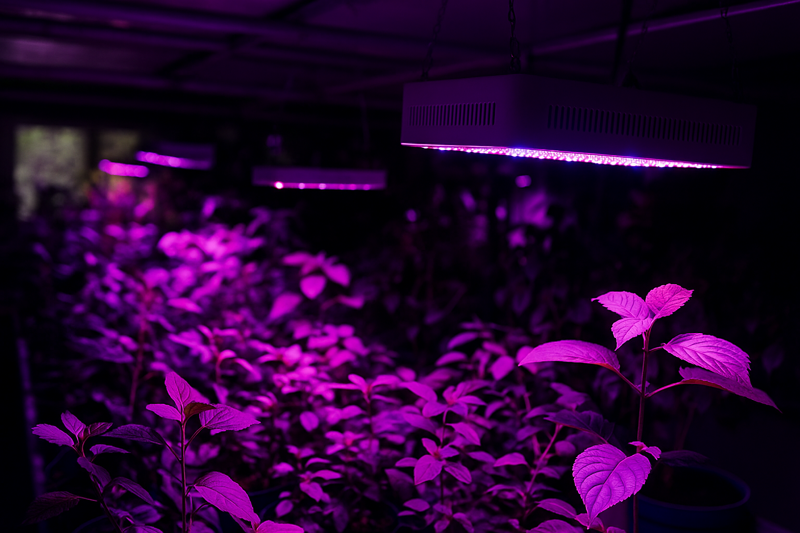
While the science of light spectrums is the key to plant health, running a successful horticultural business also demands practicality. You need lighting solutions that are not only effective but also durable, energy-efficient, and cost-effective. As a lighting manufacturer, I've seen how choosing the right hardware can make or break a large-scale growing operation. It’s a combination of understanding plant biology and selecting robust equipment that withstands the demanding environment of a greenhouse or indoor farm. Let’s dive into how to get this balance right.
What Light Spectrum Do Your Plants Actually Need?
Are you just using any bright light for your plants? Choosing the wrong light can waste energy and lead to poor growth, costing you time and money.
Plants primarily use blue light (for vegetative growth) and red light (for flowering and fruiting). Full-spectrum LEDs, which mimic natural sunlight and often appear white or pinkish, are excellent for supporting all growth stages from seed to harvest.
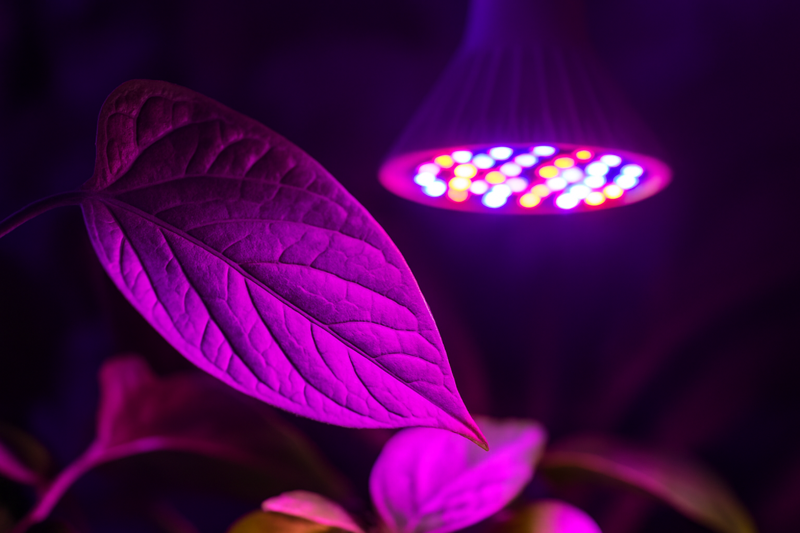
The magic of LED grow lights is their ability to deliver only the wavelengths of light that plants use most efficiently for photosynthesis. Unlike old incandescent or fluorescent bulbs that waste energy producing heat and unused light spectrums (like green light, which plants mostly reflect), LEDs can be engineered to target precise needs. This is why you often see a purple or pink glow in professional grow operations—it's the combination of red and blue diodes working together. This efficiency doesn't just improve plant health; it directly lowers your electricity bills, a major operating expense in any controlled environment agriculture (CEA) facility.
Matching Light to Growth Stage
To maximize your results, it's crucial to understand how different colors of light affect plant development. Think of it as creating a custom diet of light for your crops.
- Blue Light (Vegetative Phase)1: This is essential for the early stages of growth after germination. Blue light encourages the development of strong stems and lush, healthy leaves. It's the key to building a solid foundation for the plant.
- Red Light (Flowering & Fruiting Phase): As plants mature and you want to encourage them to produce flowers, buds, or fruit, red light becomes critical. It triggers the hormonal responses necessary for reproduction.
- Full-Spectrum Light2: These lights are the all-in-one solution. They provide a balanced mix of red, blue, and other colors (including green and far-red) to emulate the sun. They are ideal for growers who want a single lighting system that can support plants through their entire lifecycle. Many modern bulbs offer a comfortable white light that contains these essential spectrums.
Why is Durability Crucial for Horticultural Lighting?
Is your greenhouse environment causing your light fixtures to fail prematurely? Humidity, temperature swings, and chemical sprays can destroy standard lighting equipment, leading to costly replacements.
Horticultural lights must be highly durable. Choose fixtures with a high IP rating (like IP54, IP66, or IP68) to protect against water and humidity, and ensure they are made from corrosion-resistant materials to withstand fertilizers and extreme temperatures.
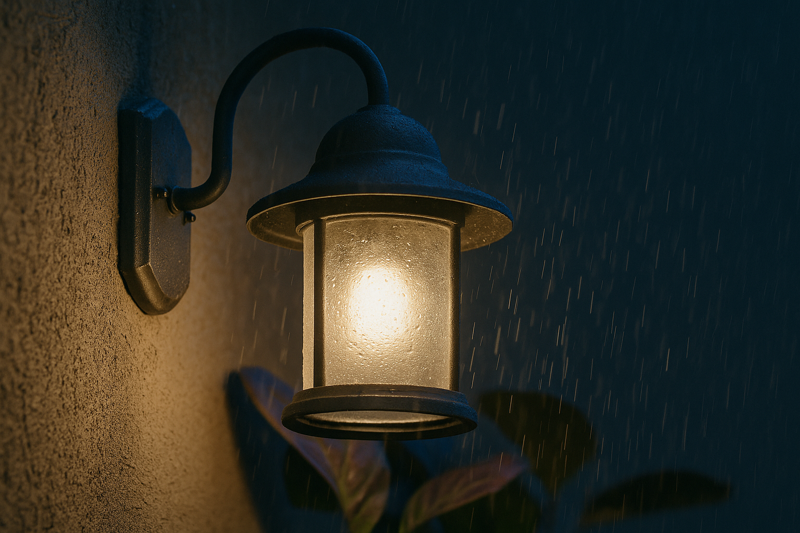
A greenhouse is one of the harshest environments for any piece of electronic equipment. Constant high humidity, daily watering, temperature shifts, and the presence of chemical fertilizers can cause rust, corrosion, and electrical shorts in improperly specified fixtures. I’ve talked to growers who tried to save money using standard indoor lights only to see them fail within a single season. The cost of replacing fixtures and the potential crop loss from lighting downtime far outweigh any initial savings. Investing in robust, purpose-built lighting is non-negotiable for serious horticulturalists.
Key Features for a Long-Lasting Grow Light
When selecting lighting for your grow operation, look past the light spectrum and check the engineering specs that guarantee a long service life.
| Feature | Importance in Horticulture | Relevant Specs |
|---|---|---|
| Water Resistance3 | Protects against misting, spraying, and high humidity. | IP44 for damp locations, IP54 for splash resistance, IP66 for high-pressure jets, IP68 for submersion. |
| Material Quality | Prevents rust and degradation from fertilizers and chemicals. | Look for high-performance resin, stainless steel (like 316 grade), or powder-coated aluminum. |
| Temperature Tolerance | Ensures functionality during hot days and cool nights. | Fixtures rated for wide temperature ranges (e.g., -60° C to +90° C) provide reliability. |
| Long Lifespan4 | Reduces maintenance and replacement costs over the long term. | Look for LEDs with lifespans of 20,000 to 50,000 hours to ensure years of service. |
How Can You Lower the Overall Cost of Your Grow Operation?
Are high upfront costs and energy bills making it difficult to scale your horticultural business? Profitability depends on managing your two biggest expenses: equipment and electricity.
To lower costs, purchase energy-efficient, long-lasting LED lights directly from a manufacturer to avoid retail markups. This strategy reduces both the initial investment and the long-term operational expenses from electricity consumption and frequent replacements.
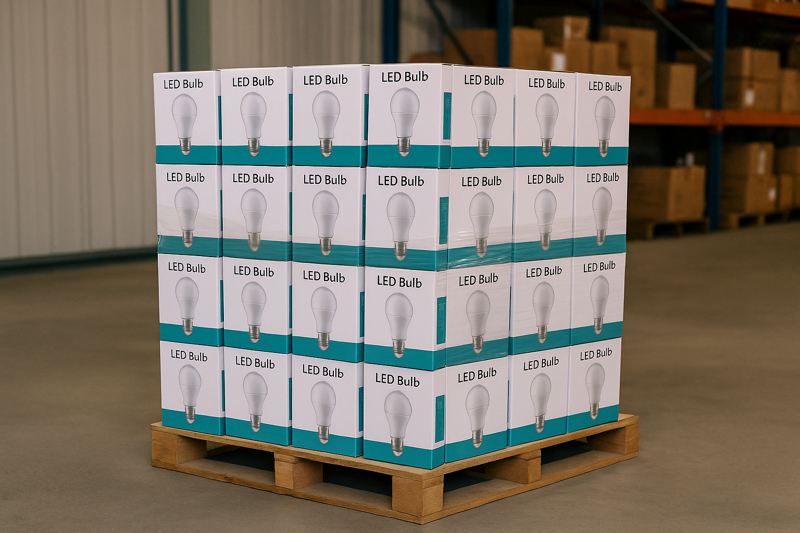
The total cost of your lighting is more than just the price on the sticker. It’s a combination of the initial purchase price, the energy consumed throughout its life, and any maintenance required. High-efficiency LED lights tackle the energy part, but the initial cost can still be a barrier. By partnering directly with a factory, you get access to wholesale pricing that isn't inflated by distributors or retailers. This is especially impactful for commercial growers who are outfitting large spaces and need hundreds of fixtures.
A Smart Approach to Horticultural Investment
Think of your lighting as a long-term asset, not a disposable commodity.
- Focus on Energy Efficiency5: Modern LEDs convert far more electricity into usable light for plants compared to older technologies. This translates directly to lower monthly power bills, which is a significant operational saving.
- Prioritize a Long Lifespan6: Every time you have to replace a light, you're paying for more than just the bulb. There’s the labor cost of installation and the potential disruption to your plants. Choosing fixtures rated for 30,000 or 50,000 hours means you can set them up and forget about them for years.
- Buy Direct and in Volume: For any sizable operation, establishing a relationship with a manufacturer is key. You not only get better pricing but also gain access to technical support and a reliable supply chain for future expansion. This ensures consistency across your entire facility.
By focusing on these principles, you can build a highly effective and profitable grow operation powered by the efficiency and reliability of modern LED technology.
Conclusion
Success in horticulture relies on optimized LED lighting. By understanding plant-specific light spectrums and choosing durable, energy-efficient fixtures from a direct source, you can significantly boost your yields while lowering long-term operational costs.
Understanding the impact of blue light can help you optimize your plant growth strategies effectively. ↩
Exploring full-spectrum light benefits can enhance your knowledge on providing optimal lighting for plant health. ↩
Understanding water resistance can help you choose grow lights that withstand humidity and moisture, ensuring longevity. ↩
A long lifespan reduces maintenance costs and ensures your grow lights perform effectively for years. ↩
Exploring this link will provide insights into how energy efficiency can significantly reduce operational costs in horticultural investments. ↩
This resource will explain the advantages of long-lasting lighting solutions, helping you understand their impact on maintenance and costs. ↩





